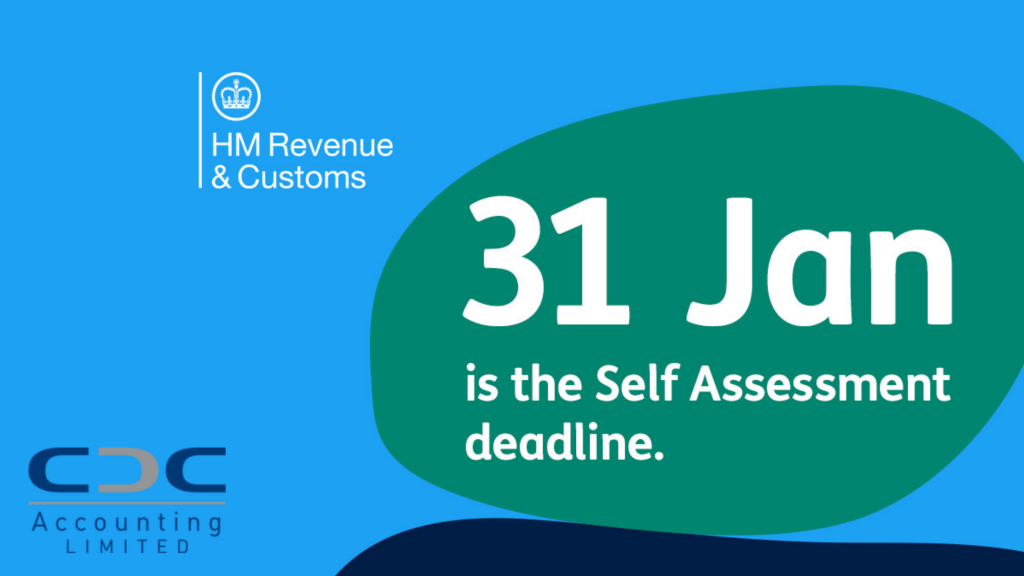I’m not talking about taking the tinsel down and putting the Christmas tree away. I’m talking tax! The deadline to complete your tax return is looming and around 5.4 million Self-Assessment customers have until 31st January to complete their tax return.
HM Revenue and Customs said they expect 12.1 million tax returns to be filed this year. Around 55 per cent have already filed their returns, with more than 6.2 million choosing to submit online. That’s 93 per cent of all returns filed. Almost 18,000 customers chose to start the New Year by filing their tax returns on 1 January, and those who are yet to file a return are being urged to act now, as it may be a more time-consuming process than anticipated.
Karl Khan, HMRC’s Interim Director General for Customer Services, said: “In what was a very difficult year for many, we are grateful to the 55 per cent of our customers who have already submitted their returns.
“HMRC is ready to offer support to those who are yet to file their returns or are worried about paying their tax bill, but they must act now so we can help before the deadline.”
Do I need to file a Self-Assessment tax return?
Yes, if you are self-employed.
You must also send one in if you are not self-employed, but you receive income from, for example, renting out a property
As well as filling out a tax return on HMRC’s online service, you can:
- view returns you’ve made before
- check your details
- print your tax calculation
This is all new to me
If you did not file a tax return last year you must register for Self-Assessment before using the on-line service for the first time, or if you’ve sent a tax return in the past but did not send one last tax year.
You cannot file a Self-Assessment tax return online:
- for a partnership
- for a trustor estate
- if you lived abroad as a non-resident
- to report ‘chargeable gains’, for example from life insurance
- if you get income from a trust, you’re a Lloyd’s underwriter or a religious minister
You must use commercial software or download other forms instead.
To sign in to file your tax return, you’ll need to prove your identity using Government Gateway or GOV.UK Verify.
You do not have to complete your return in one go. You can save your entry and go back to it later if you need to.
Spread the cost
Once you have completed your tax return, and know how much tax is owed, you can set up your own payment plan to help spread the cost of your tax liabilities, up to the value of £30,000. You can use the self-serve Time to Pay facility to set up monthly direct debits and this can all be done online. Interest will be applied to any outstanding balance from 1 February 2021.
To find out if you’re eligible, visit GOV.UK where you can find out more about the service.
Do you earn a casual income?
You can also check on GOV.UK whether you need to declare, or possibly pay tax, on any ‘casual’ income you receive.
The new interactive guidance is quick and easy to use and explains what individuals need to do if they receive non-PAYE income from selling things, for example at car boot sales or auctions, or online, doing casual jobs such as gardening, food delivery or babysitting, charging other people for using your equipment or tools, or renting out property or part of their home, including for holidays (for example, through an agency or online).
Be aware of scams
HMRC is also warning people to be aware of copycat HMRC websites and phishing scams.
You should always type in the full online address – www.gov.uk/hmrc – to get the correct link for your Self-Assessment tax return online.
Be alert also, if someone calls, emails or texts claiming to be from HMRC, saying that they can claim financial help, are due a tax refund or owe tax. It might be a scam.
Check GOV.UK for information on how to recognise genuine HMRC contact.

